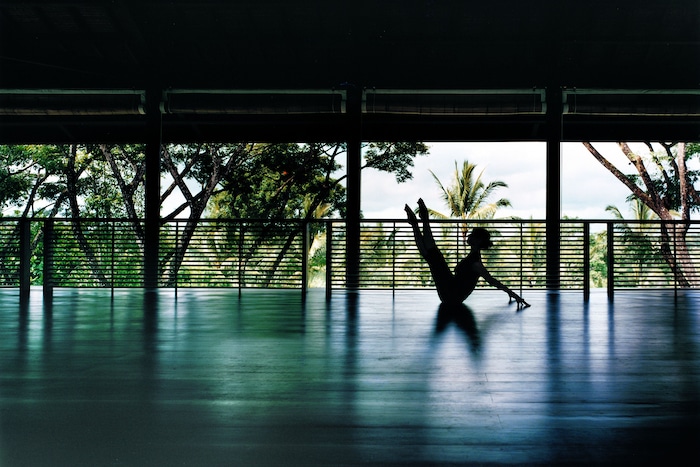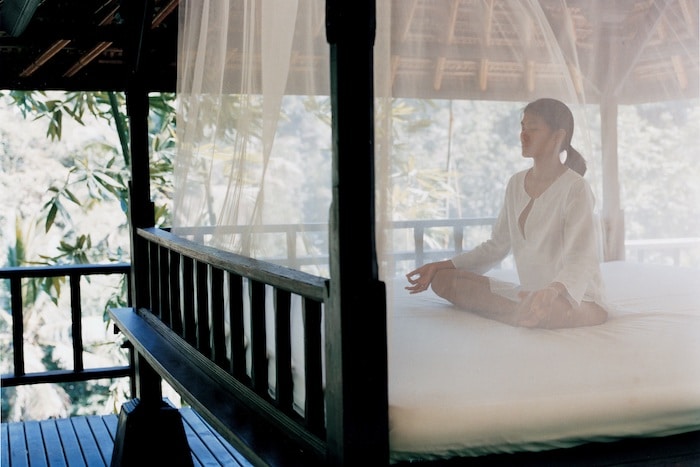Wellness Wednesday: Exploring the Mind and Body Connection in Yoga
PUBLISHED August 21st, 2019 06:00 am | UPDATED May 19th, 2020 12:32 am
The mind and body connection in yoga is one that most people are familiar with – yoga approaches both as a single, integrated entity rather than looking at them as a dichotomy – but did you know that different forms of yoga are body-mind practices in varying proportions? In this edition of Wellness Wednesday, we look at four types of yoga styles with the strongest emphasis on the connection between mind and body.

Hatha Yoga
Supposedly the oldest form of yoga practiced by sages of India, Hatha yoga is basically a set of physical postures and sequences designed to balance the mind, body and spirit, and to align the skin, muscles and bones in preparation for meditation. The different postures and sequences were designed to open channels throughout the body for energy to flow freely, particularly in the back and spine.
Flow Yoga
Flow yoga is a style where the practitioner moves from one pose to the next and the class becomes almost like a dance. Breathing is the bridge that connects our body and mind, and a correctly designed Flow Yoga with its breathing modifications while changing the postures also can divert the mind from our mundane thoughts and bring it to one-pointedness.
Pranayamas
The most effective among all known body-mind Yogic practices are the Pranayamas, also known as Yogic breathing techniques. If done regularly, Pranayamas can help you breath much deeper and slower by the force of habit – and modern physiological studies have shown that a slower breathing rate relates to a calmer state of mind. Thus, these aren’t just faith healing techniques anymore; but evidence based medicine. For instant calming of mind, a power Pranayama followed by passive Pranayama is the best choice.

Yoga Nidra
To enhance the calming effect, consider ending your practice with a guided deep relaxation technique like Yoga Nidra. It’s been proven highly effective in bringing the mind to state of wakeful sleep by following a set of sequenced verbal instructions. This helps the practitioner become increasingly aware of his or her inner world of thoughts and long held emotions in a systematic manner, and gives one the freedom to deal with them.
This article was contributed by Dr Prasanth, an Ayurveda Consultant at COMO Shambhala Escape. With an integrative medical philosophy based on Ayurvedic science, naturopathy, yoga and conventional science, Dr Prasanth conducts classical and therapeutic yoga classes, on top of tailoring individual wellness programmes that detox, rejuvenate, and de-stress. He also specialises in Marma therapy, a specific branch of Ayurveda focusing on the manipulation of prana (subtle energy) in the body, aiding the healing process.

